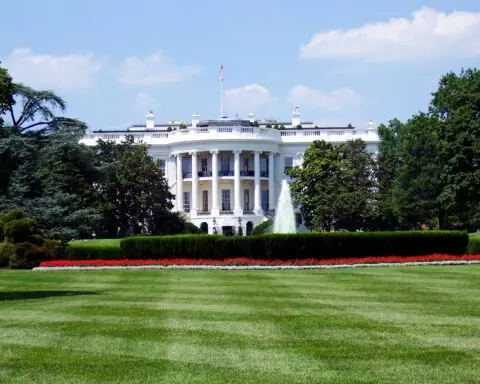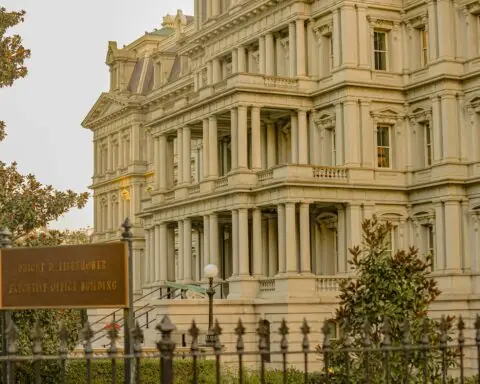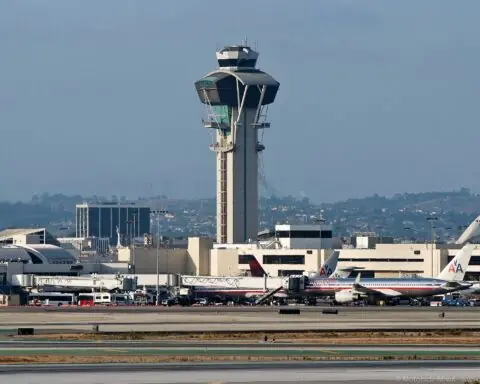With the recent enactment of the One Big Beautiful Bill Act, the federal government is making a renewed commitment to invigorating rural healthcare, services and facilities.
The federal budget includes an additional $50 billion in funding for the Rural Health Transformation Program over five years, beginning in fiscal 2026. The initiative comes amid projections of $911 billion in Medicaid cuts over the next decade and ongoing risks of rural hospital closures, prompting interest from federal, state and local leaders.
To put the scale of the investment in context, the Centers for Medicare and Medicaid Services (CMS) Office of the Actuary estimates Medicaid spent approximately $19 billion on rural hospitals in 2024. The transformation program will deliver an additional $10 billion per year from 2026 to 2030, amounting to a substantial boost in overall funding for rural hospitals compared to current levels.
Each state must submit a detailed transformation plan to the CMS by Dec. 31 to be included in funding cycles. Proposed plans must explain how the funding will improve health access and outcomes in rural communities. Private firms, such as telehealth platforms, diagnostics providers, construction contractors, cybersecurity vendors and workforce trainers, can participate by collaborating with state agencies or health systems. Eligible entities under the program include clinics, behavioral health centers, EMS providers, federally qualified health centers and other rural healthcare providers.
Half of the funding, $25 billion, is divided equally among all states with approved applications. The remaining $25 billion is allocated based on rural population, provider distribution and facility needs at CMS’s discretion, with at least one‑quarter of states designated to receive allocations under the second tier. CMS oversees implementation and may reclaim funds for misuse.
CMS estimates rural hospitals receive about 7 % of Medicaid hospital spending, and elimination of waste, fraud, and abuse in the system should free up more allocations for these underserved communities. According to White House officials, the law transfers accountability into the hands of states who will avoid politicism and determine the most deserving recipients.
Critics note that the $50 billion fund represents only about 37 % of projected Medicaid funding losses in rural areas. CMS retains significant discretion over allocation and the law does not require public disclosure of state-by-state distributions.
State officials, business leaders and service vendors are encouraged to engage promptly with planning offices to position strategic participation before disbursement begins in 2026.
Photo by Mikhail Nilov from Pexels














